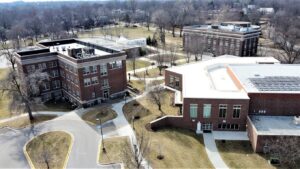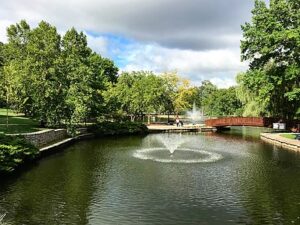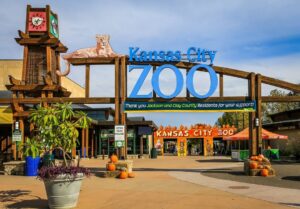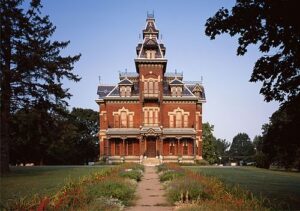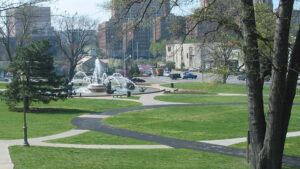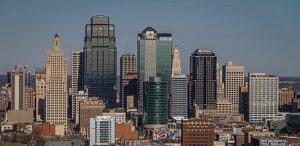Kansas City, Missouri, often simply referred to as KC, is a city with a rich and diverse history. From its early Native American roots to its current status as a vibrant cultural and economic hub, Kansas City’s past is as colorful as its present. Let’s take a trip back in time and explore the fascinating history of Kansas City.
1. Native American Beginnings
Long before European settlers arrived, the area where Kansas City now stands was home to Native American tribes. These tribes, including the Kansa, Osage, and Missouri, lived along the Missouri River, relying on its resources for fishing, transportation, and trade.
2. French Exploration and Trading
In the 18th century, French explorers, including Étienne de Veniard, Sieur de Bourgmont, visited the region. The area became a site for fur trading, which was a major industry at the time. French traders and Native Americans exchanged goods, influencing each other’s way of life.
3. Lewis and Clark Expedition
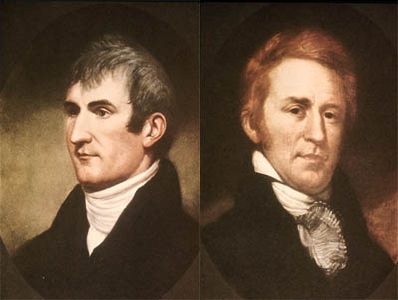
In 1804, the famous Lewis and Clark Expedition passed through the Kansas City area. This exploration, commissioned by President Thomas Jefferson, played a crucial role in mapping the newly acquired Louisiana Territory and paved the way for further exploration and settlement.
4. Town of Kansas Formation
Kansas City’s real development began in the 1830s. In 1838, a group of settlers led by John Calvin McCoy established the Town of Kansas. McCoy also set up the Westport Landing, a key point for goods arriving by river, making it an important trade center.
5. Missouri Statehood and Growth
Missouri became a state in 1821, and the area around Kansas City began to grow rapidly. The fertile land was ideal for farming, and its location along the Missouri River made it a strategic point for trade and transportation.
6. Civil War Impact
The Civil War (1861-1865) had a significant impact on Kansas City and the surrounding region. Missouri was a border state with a mix of Union and Confederate sympathies, leading to tensions and violent conflicts within the state, including in the Kansas City area.
7. Railroads and Economic Boom
After the Civil War, Kansas City experienced a period of rapid growth, largely due to the expansion of the railroad. The arrival of the railroad in the 1860s transformed the city into a major transportation and cattle-trading center. The famous Kansas City Stockyards, established in 1871, became one of the largest stockyards in the country.
8. Cultural Development
With economic growth came cultural development. The late 19th and early 20th centuries saw the establishment of many of Kansas City’s cultural institutions, including its public library system, art museums, and the Kansas City Symphony.
9. The Jazz Era
Kansas City played a significant role in the development of jazz music. In the 1920s and 1930s, the city’s vibrant nightlife, especially in the 18th and Vine District, nurtured great jazz talents like Charlie Parker and Count Basie. This era left an indelible mark on the city’s cultural identity.
10. The Great Flood of 1951
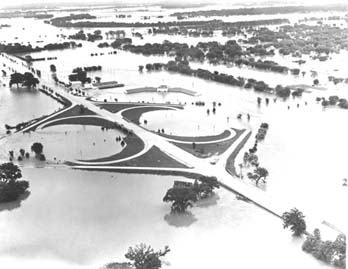
In July 1951, Kansas City experienced one of the most devastating floods in its history. The Missouri River overflowed, causing significant damage to the city and its infrastructure. This event led to major changes in flood control policies and practices.
11. Modern Kansas City
Today, Kansas City is known for its unique blend of history, culture, and modern urban development. It’s famous for its barbecue, jazz heritage, and as a hub of innovation and business. The city continues to grow, attracting new residents and visitors with its Midwestern charm and vibrant community spirit.
Conclusion
From its early days as a Native American settlement to its current status as a bustling metropolitan city, Kansas City, Missouri, has a rich and varied history. Each period of its past contributes to the unique character of the city today. Whether you’re a history buff, a music enthusiast, or just curious about American cities, Kansas City’s story is a fascinating chapter in the larger narrative of the United States.
Kansas City, MO Weather
KANSAS CITY WEATHERFrequently Asked Questions About Kansas City, MO
Q: What is Kansas City, MO, known for?
A: Kansas City, Missouri, is renowned for its jazz heritage, world-class barbecue, beautiful fountains, and rich history. It’s also famous for its role in the development of jazz and blues music, and its distinctive style of barbecue.
Q: Is Kansas City in Kansas or Missouri? A: Kansas City is a metropolitan area divided by the Missouri and Kansas rivers, with the larger portion in Missouri, and a smaller part in Kansas. The Missouri side is generally referred to as Kansas City, MO.
Q: What are the best things to do in Kansas City, MO? A: Top things to do include visiting the Nelson-Atkins Museum of Art, exploring the Country Club Plaza, enjoying the Kansas City Zoo, experiencing the vibrant 18th and Vine Jazz District, and indulging in the city’s famous barbecue.
Q: When is the best time to visit Kansas City, MO? A: The best time to visit Kansas City is during the spring (March to May) and fall (September to November) when the weather is mild and the city hosts various festivals and events.
Q: Is Kansas City good for families? A: Yes, Kansas City is family-friendly, offering many attractions for children, including the Kansas City Zoo, Science City at Union Station, Worlds of Fun amusement park, and numerous parks and museums.
Q: What are the must-try foods in Kansas City? A: Kansas City is famous for its barbecue, especially slow-smoked meats like ribs, brisket, and burnt ends. Other local favorites include Kansas City-style pizza, craft beers, and the classic Kansas City steak.
Q: How do I get around Kansas City, MO? A: The most convenient way to get around Kansas City is by car. However, the city also offers a public transit system called RideKC, which includes buses and a streetcar that operates in the downtown area.
Q: What are some popular neighborhoods to explore in Kansas City, MO? A: Popular neighborhoods include the Crossroads Arts District for its galleries and restaurants, the Power & Light District for nightlife and entertainment, Westport for its historic charm and shopping, and the Country Club Plaza for upscale shopping and dining.
Q: Are there outdoor activities in Kansas City? A: Yes, Kansas City offers various outdoor activities, including exploring numerous parks, walking and biking trails, and enjoying water activities on the Missouri River. The city’s many fountains and public gardens also provide picturesque settings for outdoor enjoyment.
Q: What is the cost of living like in Kansas City, MO? A: The cost of living in Kansas City is generally considered to be affordable compared to other major U.S. cities. Housing costs, in particular, are lower than the national average, making it an attractive place to live for many.
Q: Can I visit the headquarters of any major companies in Kansas City, MO? A: While many headquarters are not open for public tours, Kansas City is home to several major companies, including Hallmark Cards, whose Hallmark Visitors Center provides an insight into the company’s history and products.
Q: Is Kansas City culturally diverse? A: Yes, Kansas City has a diverse cultural landscape, reflected in its food, festivals, and neighborhoods. The city celebrates its cultural diversity through various events and institutions, such as the American Jazz Museum and the annual Ethnic Enrichment Festival.





